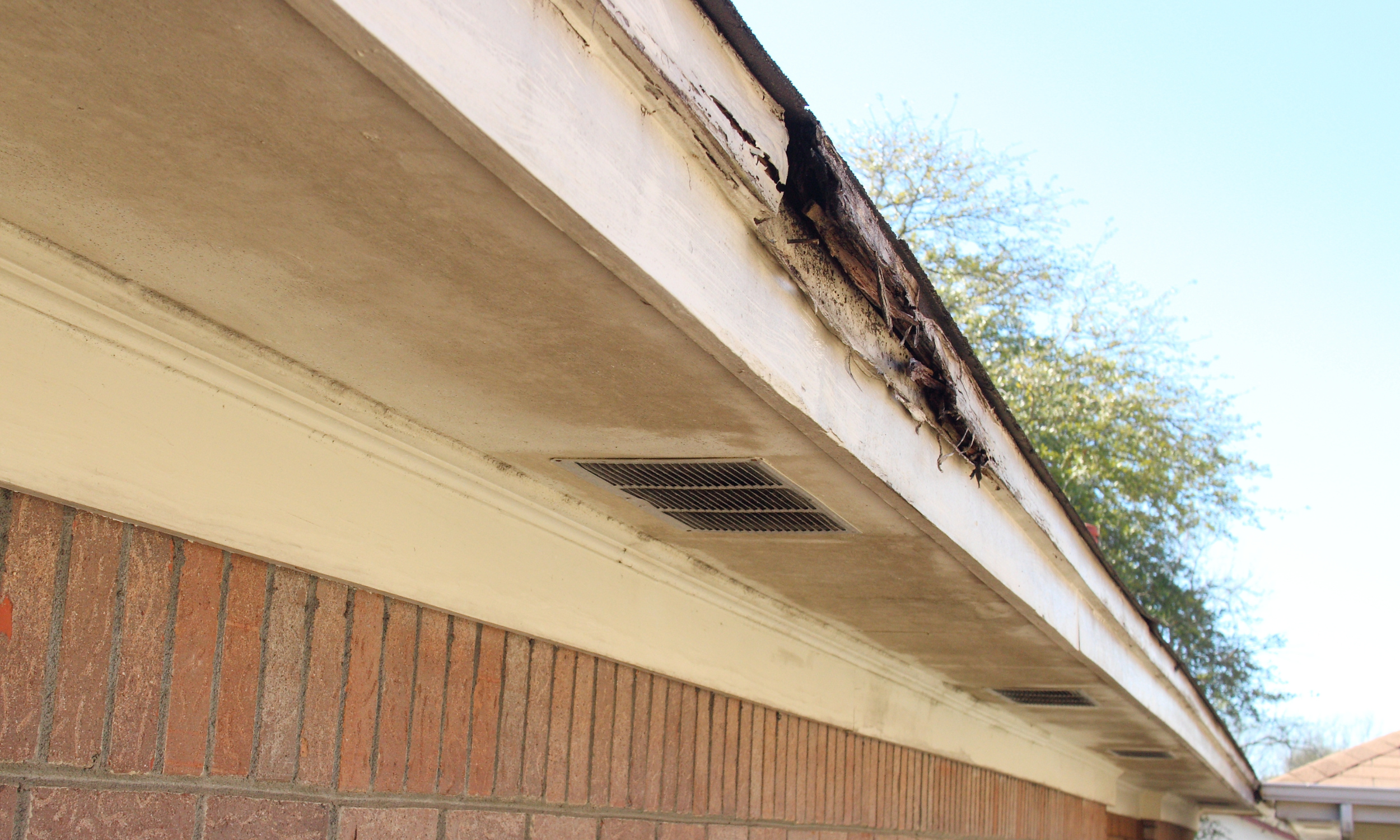7 Hidden Problems to Check Before Buying or Renovating a Home (That Could Cost You Thousands)
We just bought the “prettiest, ugliest” house in Charlotte, and it’s about to become our new office. From the outside, this 1908 gem is full of Southern charm. But inside? Not so much. Before we pick up a paintbrush or lay a single tile, we’re walking through the property with Preston Sandlin from Home Inspection Carolina to uncover hidden problems most buyers miss.
This post dives deep into the seven most commonly overlooked issues during home inspections—things that don’t show up in real estate photos but can cost you thousands. From moisture damage to meth house surprises (yep, really), we’ve got you covered.
Whether you’re buying your first home or renovating your dream space, this is the ultimate checklist you didn’t know you needed.
Table of Contents
Moisture Mayhem – The #1 Hidden Threat
Termite Damage – The Silent Destroyer
Plumbing Problems – Outdated Pipes & Hidden Leaks
Electrical Nightmares – From Knob & Tube to Fire Hazards
Radon Gas – The Invisible Killer in Your Basement
Exterior Issues – What’s Lurking Behind the Siding
Roof Realities – Curb Appeal vs. Costly Repairs
The Wildest Home Inspection Story Ever
Final Thoughts & Free Inspection Advice
Moisture Mayhem – The #1 Hidden Threat
Moisture is the sneakiest and most expensive issue in a home—and it’s often completely invisible during a walk-through. It can stem from three sources: weather-related leaks, plumbing problems, or condensation. In our new space, we found all three.
Preston pointed out a gutter with a negative slope causing overflow, softening the wood below. That small defect? It could rot out your siding or even your foundation. Atmospheric moisture is another culprit—if your air ducts run through a hot attic without insulation, they can “sweat,” creating a perfect environment for mold. And don’t get us started on crawl space plumbing leaks.
Quick moisture checklist:
Check gutters and downspouts for proper drainage
Inspect crawl spaces for mold and standing water
Look for condensation around ducts and vents
Pay attention to musty smells in closed-off areas
Termite Damage – The Silent Destroyer
Termites are a homeowner’s worst nightmare. You won’t see them, but they’re there, eating away at your foundation 24/7. They’ve caused over $2 billion in property damage annually and often go undetected without an inspection.
Preston showed us wood that looked fine on the outside but crumbled inside, thanks to powder post beetles. A WDIR (Wood-Destroying Insect Report) or CL100 report is crucial, even if your lender doesn’t require it.
Signs of wood-destroying insects:
Hollow-sounding beams
Tiny exit holes in wood
“Shelled out” joists that resemble pages in a book
Sawdust-like residue (frass)
Plumbing Problems – Outdated Pipes & Hidden Leaks
Older homes, like ours from 1908, often have outdated plumbing materials. From rusting galvanized pipes to fragile polybutylene, knowing what’s inside your walls can save you from a flooded kitchen or worse.
Galvanized pipes rust, restrict flow, and eventually fail. Polybutylene had a class-action lawsuit due to sudden blowouts. Even second-generation versions can crack when exposed to chlorinated city water.
Plumbing red flags to watch:
Discolored water or rust when you first turn on faucets
Visible galvanized or polybutylene piping
Water stains under sinks or crawl spaces
Poor water pressure throughout the house
Electrical Nightmares – From Knob & Tube to Fire Hazards
Preston found exposed knob-and-tube wiring in our attic—once standard, now outdated and unsafe. It’s not built to handle today’s electrical loads. Worse, homes from the Vietnam War era may have aluminum wiring, which expands, loosens, and sparks over time.
These outdated systems are major fire hazards and often require full rewiring.
Electrical danger signs:
Discolored or warm outlets
Buzzing sounds or flickering lights
Aluminum or knob-and-tube wiring visible in attic or walls
Outlets without grounding or GFCI protection
Radon Gas – The Invisible Killer in Your Basement
Radon is the second-leading cause of lung cancer in the U.S., yet it’s odorless, tasteless, and invisible. The only way to detect it is through proper testing.
Preston walked us through two methods:
Charcoal Test: Inexpensive, but easy to tamper with
Continuous Monitor Test: Costlier, but tamper-proof and faster results (48 hours)
Pro Tip:
Get a continuous monitor test if you’re in a real estate transaction. You’ll get accurate, timely results and peace of mind.
Exterior Issues – What’s Lurking Behind the Siding
From melted vinyl to spongy wood, the outside of your home can hide serious problems. Preston found evidence of multiple siding repairs, likely due to moisture or poor flashing. Even paint layers can trap lead if the home is pre-1978.
Also, watch your grill placement! Vinyl siding melts easily.
Exterior red flags to inspect:
Chipped paint or bubbling siding
Soft or warped boards around windows/doors
Missing flashing or poor caulking
Melted siding near deck or grill area
Roof Realities – Curb Appeal vs. Costly Repairs
Our “lumpy” roof addition was more of a visual flaw than a functional one, but Preston warned us: looks can be deceiving. Shingles start to curl or cup as they age. Roofs have a life span of 18–30 years depending on materials and color.
A full roof system includes:
Shingles
Gutters
Downspouts
Drainage
If one fails, the whole system could suffer.
Roof issues to look for:
Curling or cracking shingles
Stains on ceilings (signs of leaks)
Overflowing or broken gutters
Water pooling near the foundation
The Wildest Home Inspection Story Ever
Preston once inspected a seemingly perfect home, only to discover it had been a former meth lab. A carbon monoxide detector kept going off, but HVAC checked out fine. After talking to neighbors and manufacturers, he realized chemical vapors had soaked into the walls during meth production.
Lesson learned:
Even perfect-looking homes can hide dangerous pasts
Always follow up on unexplained test results
Use inspectors who ask the right questions
Final Thoughts & Free Inspection Advice
This walkthrough shows that even the most charming homes can be ticking time bombs. Whether you're buying in 9 days or 90, a comprehensive home inspection is non-negotiable.
If you're in the Charlotte area and need a trusted inspection team, call Home Inspection Carolina. And if you’re thinking of moving, connect with The Finnegan Group for expert real estate guidance.
Would you like to explore some other fantastic neighborhoods in the Charlotte area? Check out our Neightborhood Guide.
Let’s Connect Today!

Phone:
704-631-3977

Email:
info@thefinigangroup.com

Visit Us:
3440 Toringdon Way, ste 205
Charlotte NC 28277
 (704) 200-9833
(704) 200-9833
 info@thefinigangroup.com
info@thefinigangroup.com














